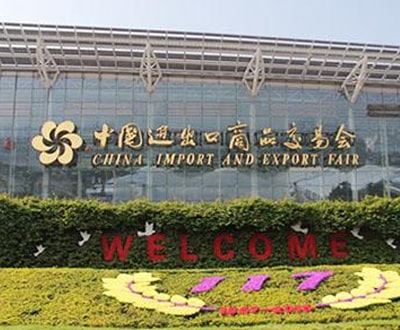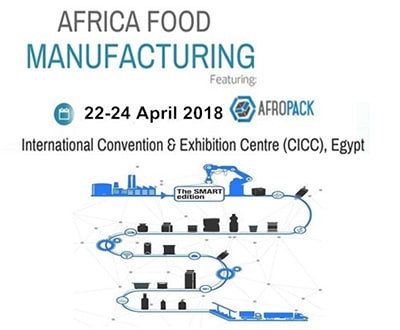The Environmental Impact of Toast Bread Packaging Machines
Toast bread packaging machines play a crucial role in the food industry, ensuring that sliced bread reaches consumers in a safe, fresh, and visually appealing condition. However, the environmental impact of these machines cannot be overlooked, as their operation and disposal contribute to various environmental concerns.
Raw Material Consumption
The manufacturing of toast bread packaging machines requires significant amounts of raw materials, including steel, aluminum, and plastic. Steel is the primary component of the machine’s frame and moving parts, while aluminum is used for lightweight components and plastic for insulation and lubrication. The extraction and processing of these materials consume energy and generate greenhouse gas emissions.
Energy Consumption
Toast bread packaging machines are energy-intensive, both during operation and standby. The motors that drive the conveyor belts and sealing mechanisms consume significant amounts of electricity. Additionally, the machines often operate continuously, even when not packaging bread, resulting in wasted energy.
Water Consumption
The production of toast bread packaging machines also involves the use of water. Water is used for cooling the machine’s components, cleaning the surfaces, and testing the sealing process. Improper water management can lead to water scarcity and pollution.
Waste Generation
The disposal of old or damaged toast bread packaging machines poses an environmental challenge. The machines are typically bulky and difficult to dismantle, making recycling a complex process. Consequently, many of these machines end up in landfills, where they take up valuable space and leach harmful materials into the environment.
Packaging Materials
In addition to the machine itself, the packaging materials used by toast bread packaging machines also contribute to environmental impact. Plastic bags, films, and wraps are often used to protect the bread from moisture and contamination. These materials are not biodegradable and can accumulate in landfills or as litter.
Air Pollution
The operation of toast bread packaging machines releases air pollutants, including volatile organic compounds (VOCs) and particulate matter. VOCs are emitted from the inks and adhesives used in the packaging process, while particulate matter is generated by the movement of the conveyor belts and sealing mechanisms. These pollutants can contribute to smog formation and respiratory health issues.
Noise Pollution
Toast bread packaging machines generate significant noise during operation. The combined hum of motors, conveyors, and sealing mechanisms can create a noisy work environment for operators. Prolonged exposure to noise can lead to hearing loss and other health problems.
Conclusion
The environmental impact of toast bread packaging machines is multifaceted, ranging from raw material consumption and energy use to waste generation and packaging materials. By adopting sustainable practices, manufacturers and operators can reduce the machines’ environmental footprint and contribute to a more sustainable food industry. These measures may include using recycled materials, optimizing energy efficiency, implementing water conservation strategies, and promoting responsible waste management. By addressing these concerns, the toast bread packaging industry can ensure a balance between maintaining product safety and minimizing environmental impact.
-
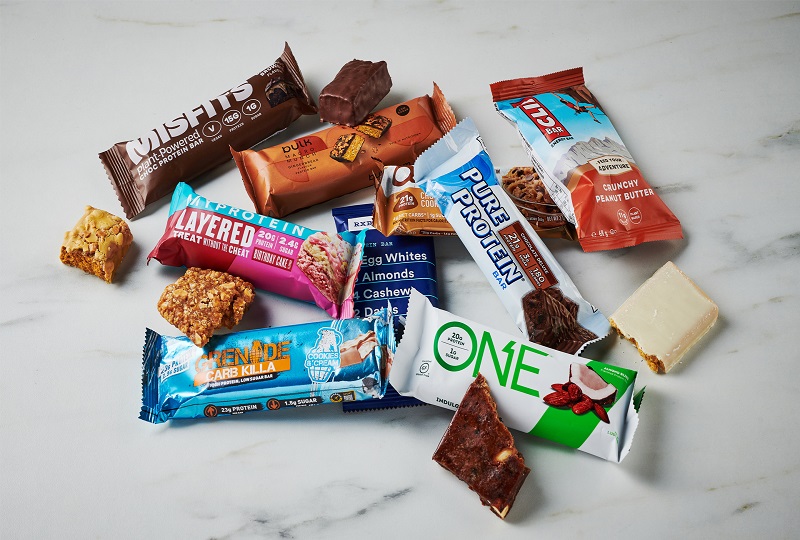 01
01Further Discussion About Protein Bar Packing Machinery
27-02-2024 -
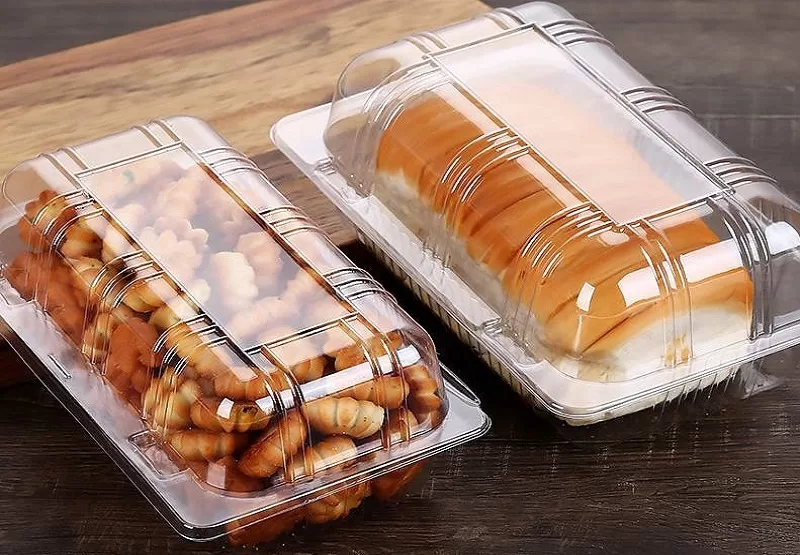 02
02Sustain The Best Crispy With Automatic Packaging Machines
29-01-2024 -
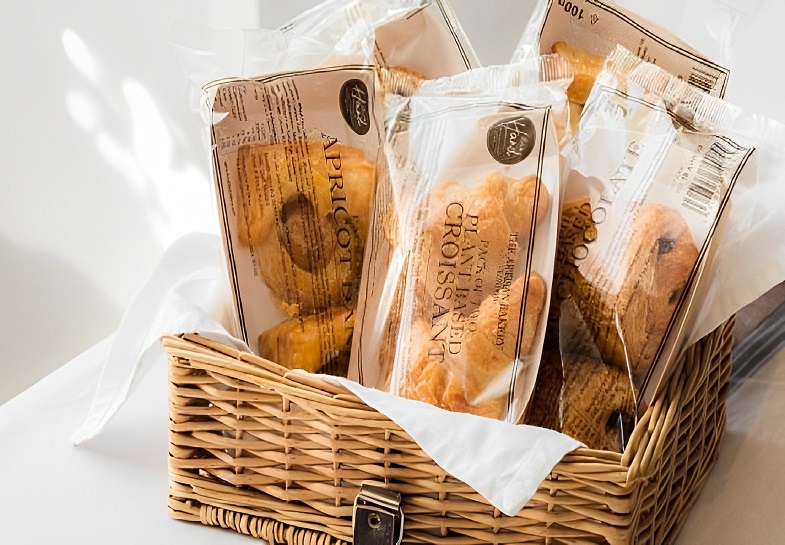 03
03Bread Packing Machine For Bakery Business
19-01-2024 -
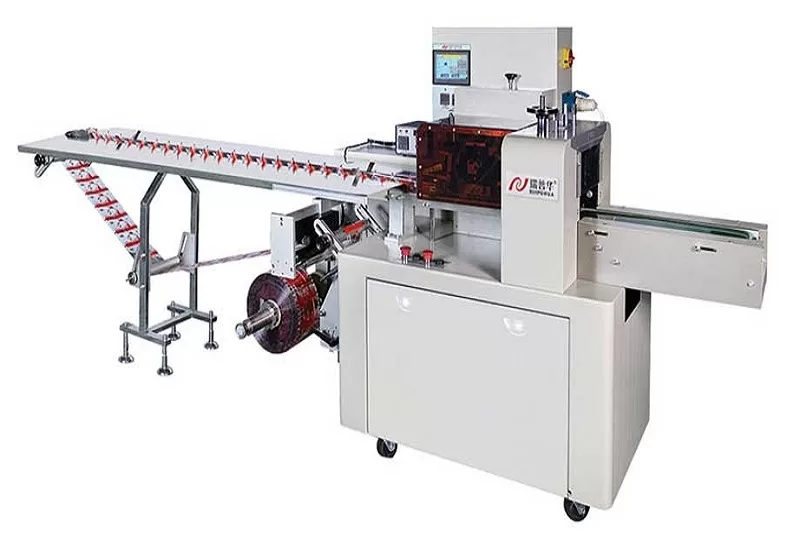 04
04How Flow Wrappers Are Adapting to Changing Trends
01-11-2023 -
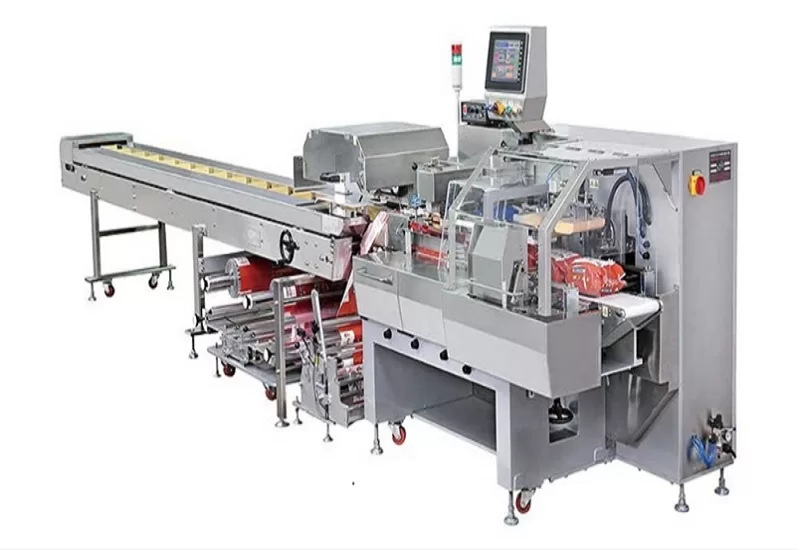 05
05The Comprehensive Guide to Packaging Machinery
31-10-2023 -
 06
06Automatic Cookie Packaging System Performance
01-09-2023 -
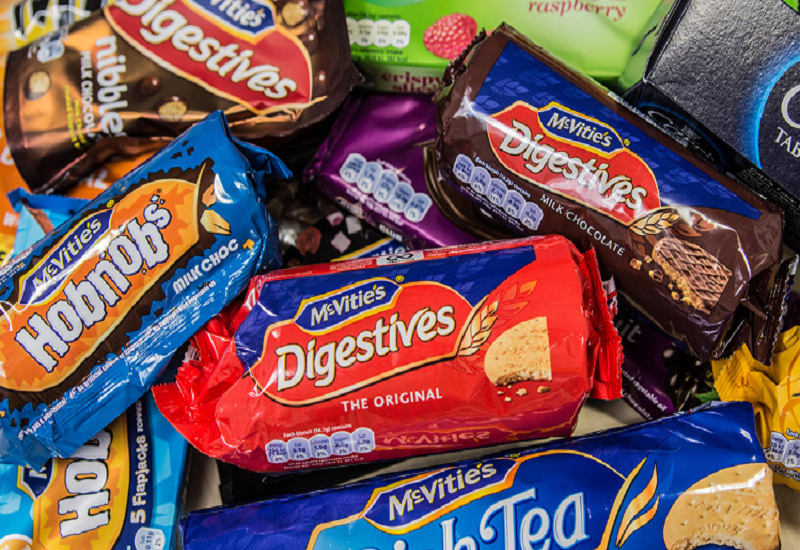 07
07Streamlining Biscuit Packaging with Multipack Biscuit Packaging Machines
25-08-2023 -
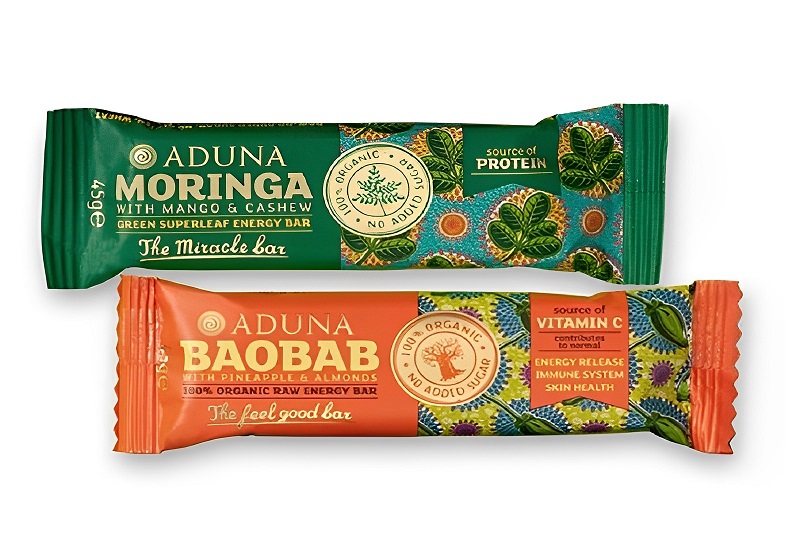 08
08From Assembly To Shipping: The Energy Bar Packaging Machine Does All
28-02-2023 -
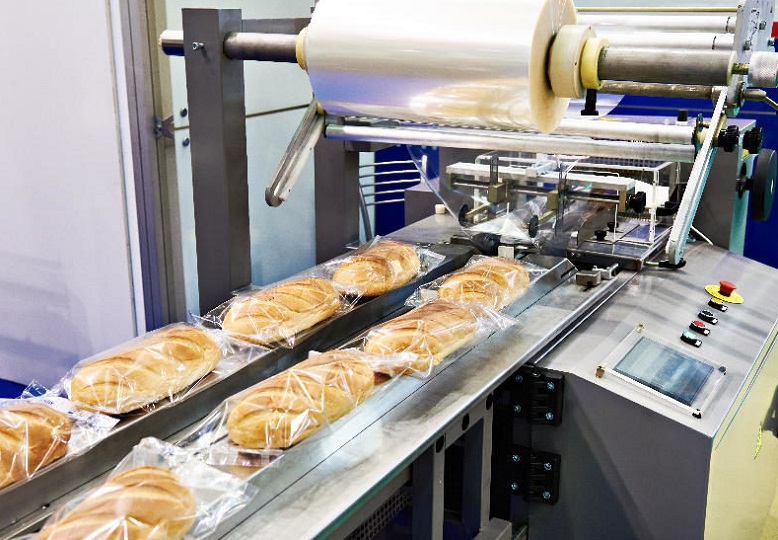 09
09Maximizing Efficiency With Food Packaging Machine Technology
22-02-2023 -
 10
10Clients Hunt For Professional And Functional Packaging Machine
10-11-2022




